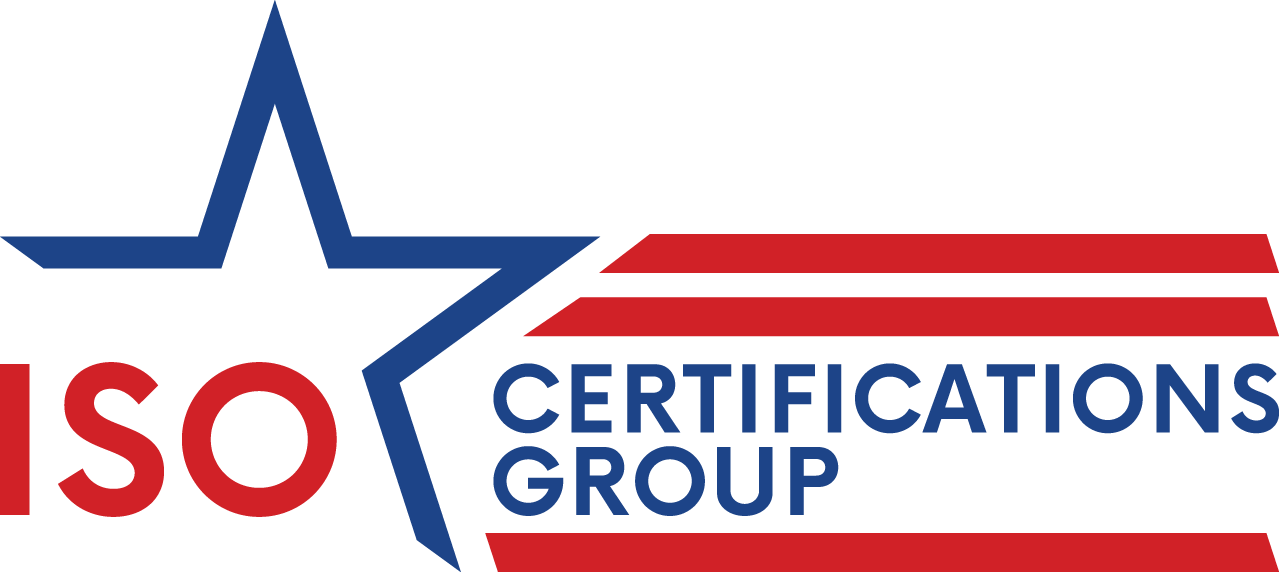Implementing a new management system will always come with its share of benefits and challenges, regardless of the ISO standard. Specifically, achieving ISO 45001 Certification presents an organization with improved processes and safer work environments while reducing overall safety risks and hazards. There are a handful of challenges when implementing an ISO 45001 Occupational Health & Safety Management System, however.
In this article, we’re going to examine some of the biggest ISO 45001 OH&S Management System challenges and how your organization can overcome them for business success and compliance.
Common ISO 45001 Implementation Challenges
Unfamiliarity with the ISO 45001 Standard
A key challenge you may face is the lack of awareness and understanding of ISO 45001’s requirements and implementation methods. Many organizations find navigating its intricacies overwhelming. To ensure effective implementation, it’s essential to educate all employees and parties involved in the OH&S Management System on the fundamentals of ISO 45001 and its significance.
In many cases, ISO 45001 training and other varieties of safety training may be required for everyone in your organization to be on the same page regarding occupational health and safety.
Resistance to Change
Implementing ISO 45001 often requires adjustments to existing processes, procedures, and even organizational culture. Resistance to these changes, whether from employees or management, can hinder the smooth adoption of the standard.
To overcome this, it’s crucial to highlight the significance of ISO 45001 and ensure everyone in the organization understands the value of these changes. Emphasize that these necessary changes not only enhance workplace safety but also improve overall operations, as well as the output of products or services.
Requirement of Necessary Resources
Achieving ISO 45001 compliance requires a significant investment of time, personnel, and financial resources. For many organizations, especially those already operating with limited capacity, allocating these critical resources can be challenging. This responsibility often falls heavily on leadership and top management, who must ensure resources are used effectively while establishing procedures and policies to maintain smooth operations.
Implementing ISO 45001 may require significant investment of resources, but keep in mind that the return on this investment will be worthwhile to your success. Focus on managing resources responsibly, staying within your organization’s limits, and optimizing efficiency to ensure compliance and sustainable implementation.
Managing Documents, Records, and Reports
ISO 45001 requires meticulous documentation and record-keeping to demonstrate compliance, which can be a significant challenge for some organizations. Establishing and maintaining an efficient system for managing these records is essential for success.
The ISO 45001 standard places particular emphasis on incident reporting, safety procedures, and policies. To implement an effective OH&S Management System, your organization should develop clear processes for documenting and storing reports and procedures, ensuring they are easily accessible to all relevant personnel and available during audits.
Identifying Health & Safety Risks and Opportunities
A crucial aspect of ISO 45001 implementation is the effective identification and management of risks and opportunities. Organizations must conduct thorough risk assessments, develop tailored control measures, and leverage opportunities to enhance their Occupational Health and Safety performance.
Regular audits are an essential tool for evaluating the effectiveness of the management system. By carefully analyzing audit findings, organizations can identify areas for improvement and implement corrective actions to address non-conformities or compliance gaps. This ongoing process ensures the continuous enhancement of OH&S protocols and overall system performance.
Conclusion: Overcome OH&S Challenges for Success
Implementing ISO 45001 comes with its share of challenges, but the benefits of a safer workplace, improved processes, and reduced risks far outweigh the obstacles. By addressing common hurdles— such as unfamiliarity with the standard, resistance to change, resource constraints, documentation management, and risk identification— organizations can ensure a smoother path to compliance.
With proper planning, employee engagement, and a commitment to continuous improvement, your organization can not only achieve ISO 45001 certification but also foster a culture of safety and operational efficiency.
Is your organization considering ISO 45001 Certification? ISO Certifications Group is a professional and experienced certification body here to help you achieve your certification goals. Contact us today to get started.

